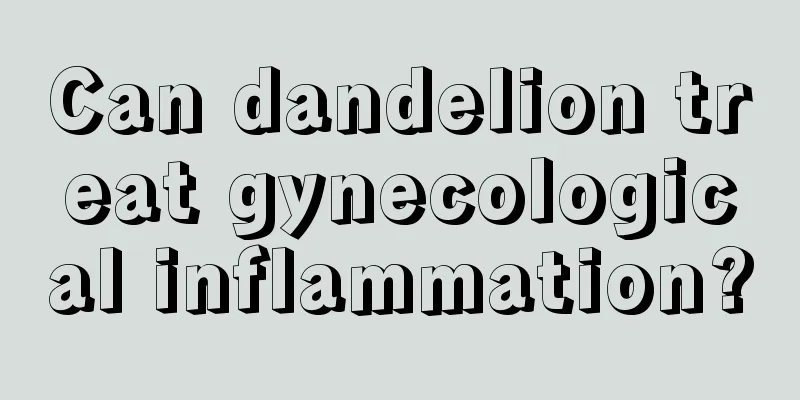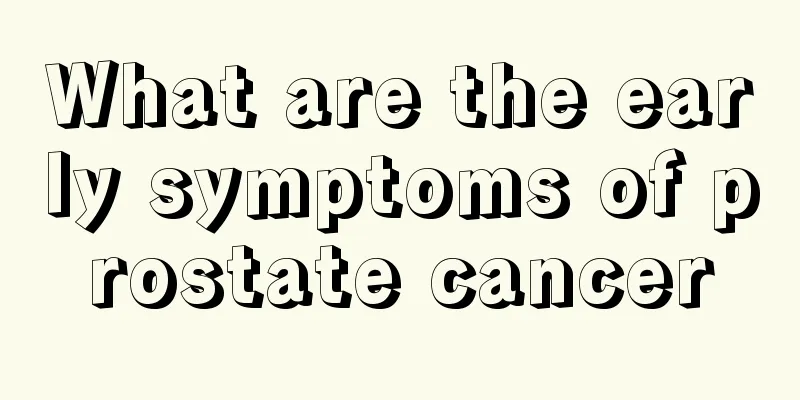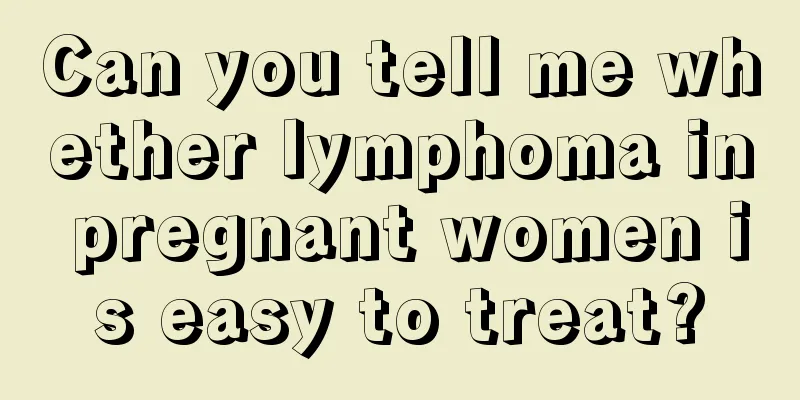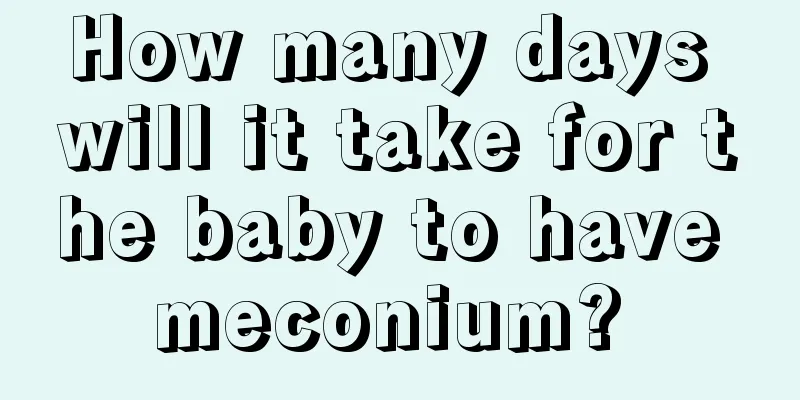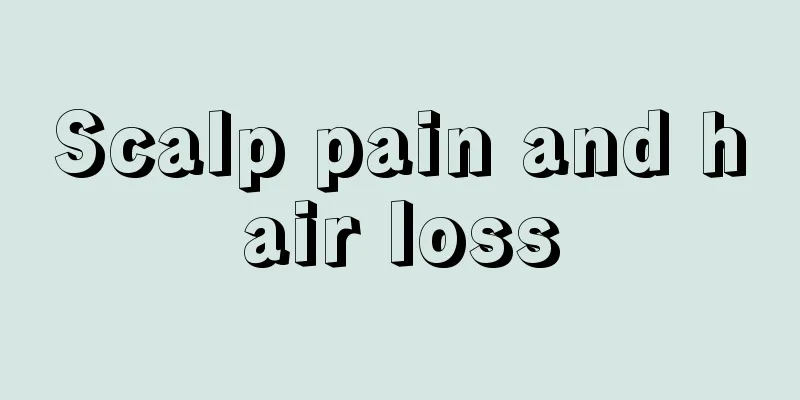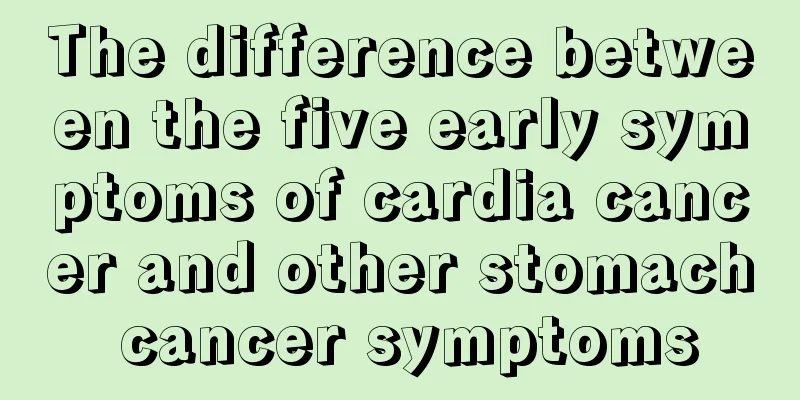What is the difference between cerebral infarction and cerebral thrombosis
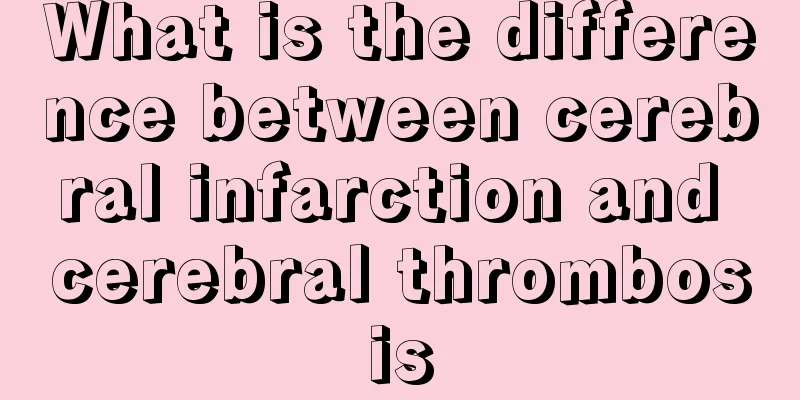
|
Cerebral infarction and cerebral thrombosis are actually both clinically referred to as cerebral infarction, but the nature of these two diseases is different. Although the symptoms are similar, they cannot be confused. Before treatment, patients should pay attention to distinguishing the causes and receive scientific treatment. Cerebral thrombosis and cerebral embolism are both ischemic cerebrovascular diseases. Clinically it is collectively referred to as cerebral infarction. The symptoms of the two are similar and are often confused, but the causes of the two are different and should not be confused. (1) Cerebral thrombosis usually occurs after middle age, with a slow onset and often reaching its peak within a few days. There are usually signs before the onset of the disease. Cerebral embolism is more common in young and middle-aged people under 40 years old. The onset is acute, and all symptoms appear within a few seconds to 2 to 3 minutes, and there are no prodromal symptoms. (2) Cerebral thrombosis is caused by the stenosis or occlusion of the cerebral blood vessels themselves, leading to ischemia, softening and necrosis of brain tissue. Cerebral embolism is caused by blockage of cerebral blood vessels by solid, gas, liquid or other emboli brought in by the blood flow. The disease occurs inside the brain, but the root cause is outside the brain. (3) Cerebral thrombosis often occurs when the patient is in a quiet or sleeping state. After waking up, the patient finds that he or she cannot move freely and has aphasia. Cerebral embolism is often preceded by strenuous exercise and emotional excitement, and the onset is sudden. (4) Patients with cerebral thrombosis often have a history of hypertension, arteriosclerosis, cerebral ischemic attack, diabetes, etc. The medical history of cerebral embolism varies, but it is mainly seen in heart disease, postoperative period, trauma, etc. (5) The main symptoms of cerebral thrombosis are hemiplegia and speech impairment. The patient is generally conscious or has no headache, vomiting, etc. Clinical manifestations after cerebral embolism include headache, vomiting, impaired consciousness, aphasia, hemiplegia, etc. |
<<: What should we pay attention to when having perianal abscess
>>: What medicine is effective for perianal abscess
Recommend
How to wear a headgear
I don’t know if you still remember that there was...
Is Helicobacter pylori easy to treat?
Gastritis is a common clinical disease, and Helic...
What items should be reviewed after hemisection of thyroid cancer
Postoperative follow-up for hemisection of thyroi...
Honey scented oolong tea
Many people may know that honey-scented oolong te...
How much does a nasopharyngeal endoscopy cost for nasopharyngeal carcinoma
When diagnosing nasopharyngeal cancer, more exami...
Urine smells like garlic
In people's daily lives, many people have a s...
What are the complications of prostate cancer
In recent years, prostate cancer has become one o...
Why is it easy to feel sleepy in autumn
As the saying goes, spring makes you sleepy, summ...
Why does blood clot after lung cancer surgery?
After lung cancer surgery, patients have thrombos...
Beware of asymptomatic liver cancer. There are several principles for choosing food for liver cancer
Mr. Cai, who is in his seventies, has always felt...
What are the disadvantages of tattoos?
Tattoos have become a very fashionable and popula...
What to eat after uterine cancer surgery
Patients who have undergone uterine cancer surger...
Isn't coughing and bleeding caused by lung cancer very serious?
Isn’t coughing up blood from lung cancer very ser...
What are the common treatments for liver cancer ascites? What are the treatment principles for liver cancer ascites?
Ascites is a common feature of patients with adva...
What are the symptoms of water retention?
Nowadays, most people have serious moisture in th...
